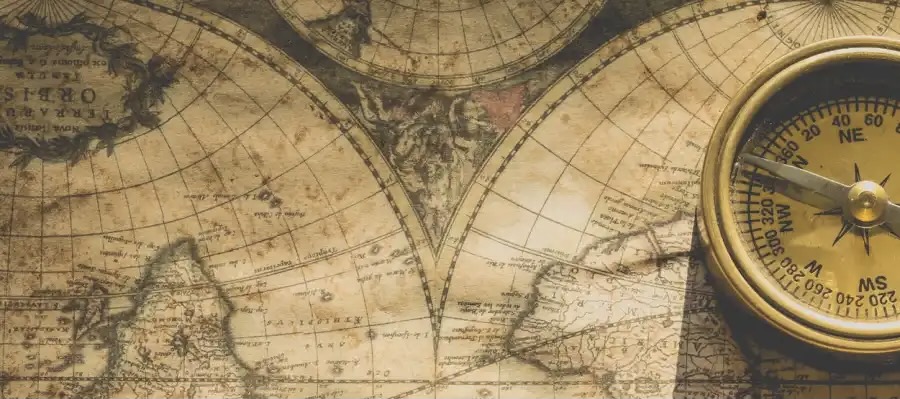After an ample breakfast at our hotel, the Holiday Inn Express Clarke Quay, we set off to Marina Bay to see the attractions we missed the previous day. Our first stop, the iconic Merlion, the official mascot of Singapore, is a water spewing 8.6 meter tall statue of a mythical creature which is half lion half fish. Unfortunately it was shrouded in screens and tarps for refurbishment so we took photos of the nearby small replica.


The views from the Esplanade of Marina Bay and the modern buildings surrounding it were all worth a second visit, however. I was especially drawn to the Art and Science Museum which looked to me like an open clamshell and the Helix, a nearby pedestrian bridge, inspired by strands of DNA.



Since our HoHo ticket wasn’t expired, we hopped on a bus on the red route to catch a ride to Little India although we could have used the mass rapid transit system, if necessary. Little India presented quite a contrast to Marina Bay. The neighborhood was vibrant and colorful with small historic shophouses rather than the new skyscrapers of Marina Bay but still very well-kept and clean.
Indians first arrived in 1819 with Sir Stamford Raffles who established a trading settlement for the British East India Company. They soon congregated in the Serangoon Road area where they engaged in brick making, quarrying lime, and raising cattle. Today the Indian culture continues to flourish in this neighborhood.




Named for the goddess Kali, the destroyer of evil, the Sri Veeramakaliamman Temple is one of the oldest Hindu temples in Singapore, dating from 1855, according to a Singapore Government Agency website, Roots. We removed our shoes as required and joined the worshippers inside.



Leaving Little India, we found the nearby neighborhood of Kampong Glam, the Muslim Quarter. This area was ceded to Sultan Hussein Mohammed Shah in the 1820s by Sir Stamford Raffles as part of the deal struck handing over Singapore to the British East India Company. The Sultan soon built a palace and moved over 600 family and friends to the area. The palace was followed by a mosque built in 1824 to provide the Sultan’s entourage with a place to worship. Both have been replaced and rebuilt several times but the Malay Heritage Center occupies the palace built in the 1840s and the present Sultan Mosque was built in 1928.


Inside the Malay Visitor Center, we found a temporary exhibit titled Undangan ke Baitullah: Pilgrims’ Stories from the Malay World to Makkah. Hajj, Arabic for pilgrimage, is the requirement for all able Muslims to make a pilgrimage to the holy city of Mecca at least once in their lifetime. The exhibition presents hajj through the personal accounts of people making the journey. As the departure point for the steamship journey to Mecca from Southeast Asia, Singapore has played a major role in the religious history of the region.


After a stroll down picturesque pedestrian Bussorah and Arab Streets, home to quaint shophouses and tempting international cuisine, we were ready to move on to one last ethnic area of the city.


China Town is the largest ethnic neighborhood in Singapore. Although there is evidence of the Chinese trading in Singapore before the arrival of Sir Stamford Raffles, Chinese immigration exploded with the establishment of the colony. The city plan devised by Raffles in 1822 located the Chinese inhabitants south of the Singapore River where China Town is still found today. My reading indicates the area was sordid, dark, and dirty with narrow lanes where Chinese were crowded together in poor living conditions among legal opium dens and illegal gambling houses and brothels. Today the neighborhood is bright and welcoming and, like all of Singapore, clean. We visited soon after Lunar New Year and many of the decorations were still evident. As you can probably guess when you see the photos, it was the Year of the Pig.





One sight which piqued my curiosity was the large spiky fruit sold in produce stalls for $15 each. I found out they are durians, a tropical fruit grown in southeast Asia. The popular fruit is expensive because demand exceeds supply. I’m told it’s delicious but the smell is terrible. In fact, they smell so bad they’re not allowed on public transport in Singapore.
When we found Food Street in China Town, we felt a little peckish so why not try some authentic cuisine from one of the many hawkers? Fried Kway Teow Mee is a popular stir-fried dish with flat rice noodles which is cheap and tasty. Jim and I shared a plate for around $5 and it was plenty for both of us.



Honestly, we barely scratched the surface of Singapore in two days. We could have spent several more days and enjoyed many more attractions. If you’re thinking about traveling to Asia but feel hesitant, Singapore is a great place to begin your exploration. It’s culturally diverse; safe and clean; has great food, shopping, and nightlife; and has many gardens and a tropical climate. I would welcome the opportunity to return and explore further.
But for now, we had a plane to catch to meet a friend in Tokyo.
Based on events in March 2019.

























